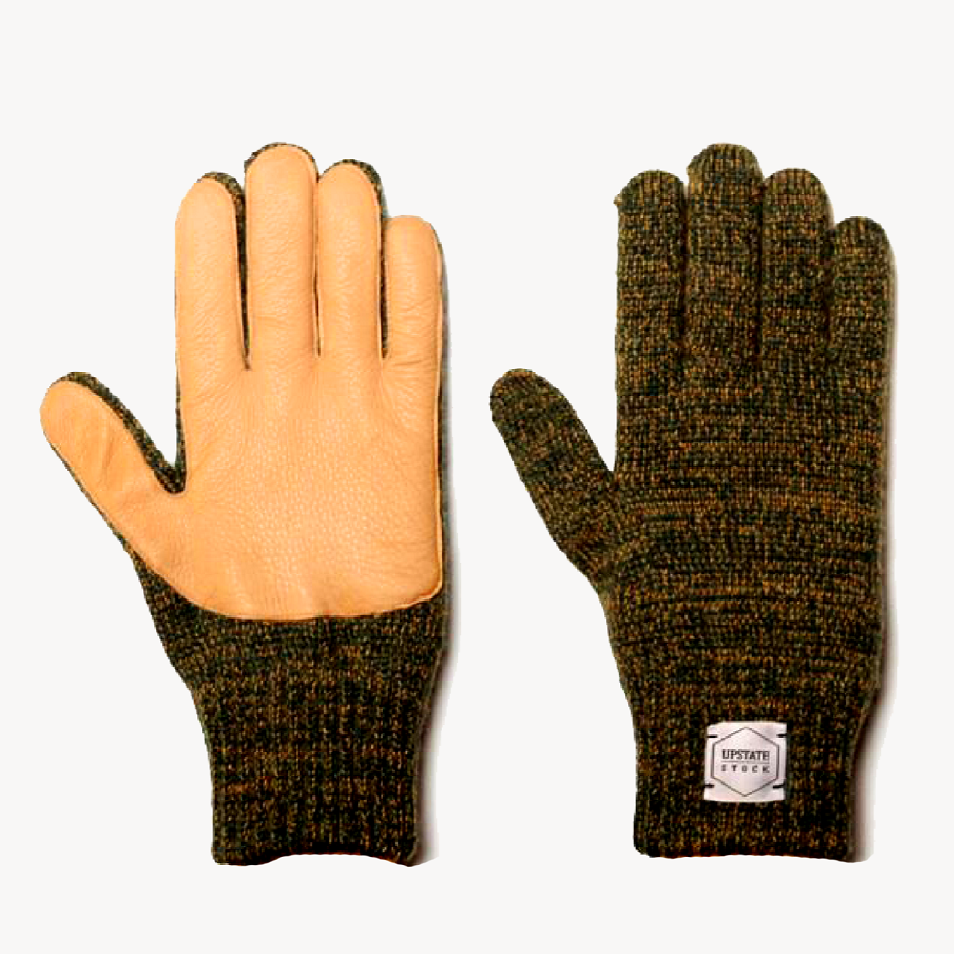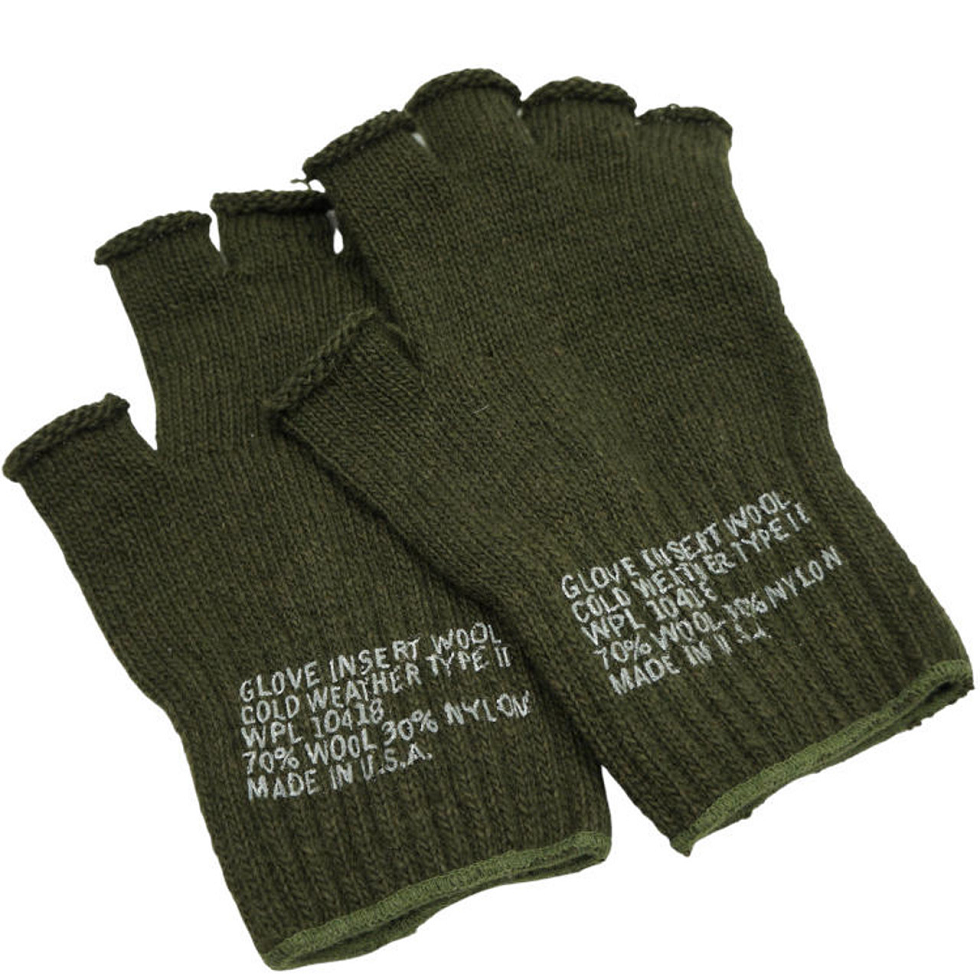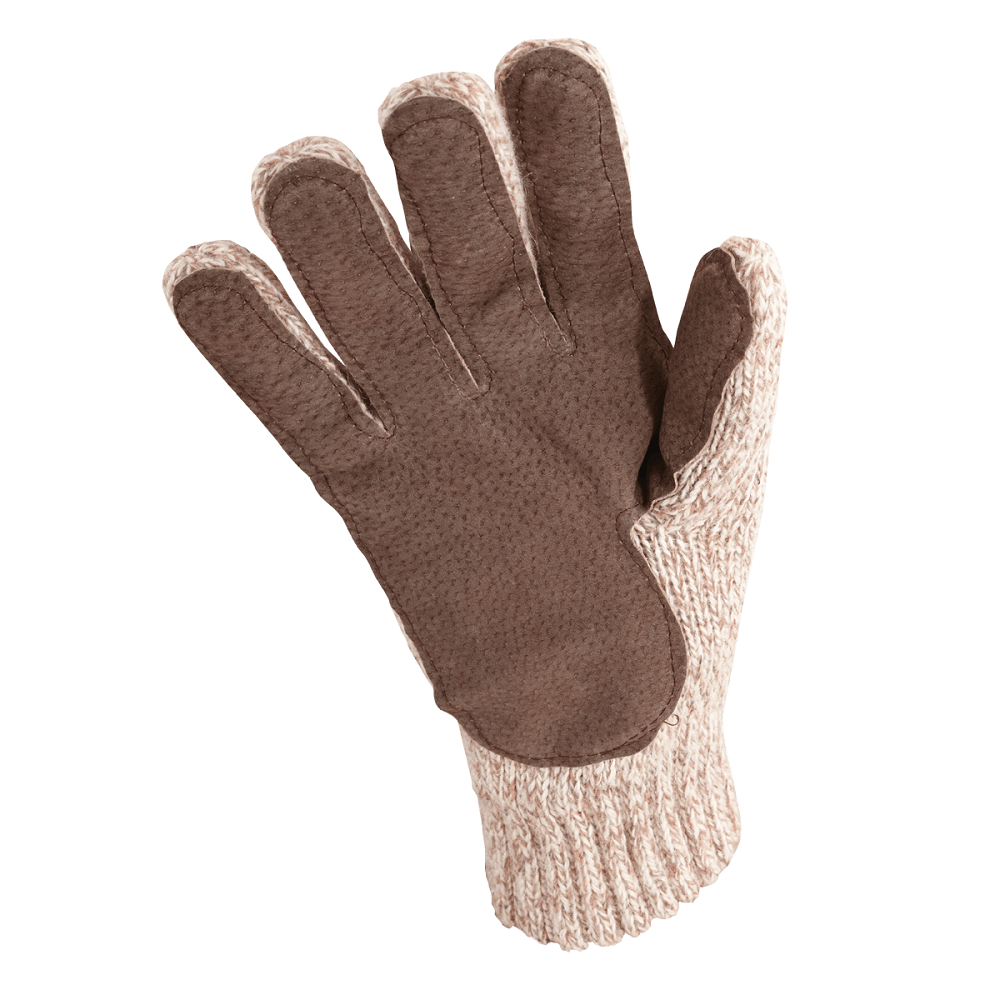Wool gloves are an essential winter accessory for anyone looking to keep their hands warm and protected. As the temperature drops, many people feel the bite of cold winds and chilly air. Wool glove offer an impressive barrier against these elements. Made from natural fibers, they provide warmth while allowing breathability. Premium wool, like merino, is often recommended for added softness and comfort. In this article, we will explore the benefits, types, and care of those.
Why Choose Wool Gloves?
Wool gloves stand out among winter accessories for several reasons. First, they are known for their warmth. Wool fibers have a unique structure that traps air, which helps to insulate your hands. This insulation is particularly beneficial when temperatures plummet. Wool also has moisture-wicking properties. As your hands sweat, wool pulls moisture away from your skin. This helps keep your hands dry, which in turn helps them feel warmer.
Another great feature of those is their natural elasticity. Wool can stretch without losing its shape, making it easy to find a snug fit. This snug fit ensures that cold air cannot seep in, giving you extra warmth. Additionally, wool has a natural resistance to odor. This is especially helpful for winter sports enthusiasts who may wear their gloves for extended periods. The fibers in wool help keep odors at bay, ensuring fresh-smelling gloves even after heavy use.
Wool Gloves Vs. Other Fabrics
When comparing wool to other common glove materials, it’s easy to see why wool is a top choice for many. For example, synthetic materials such as polyester or nylon may provide some warmth, but they can’t match the breathability of wool. Synthetic gloves tend to trap moisture, leading to dampness and, consequently, cold hands.
Cotton is another common material for gloves, but it performs poorly in cold, wet conditions. Cotton absorbs moisture but does not wick it away. As a result, wet cotton gloves lose their insulating properties. Wool glove, on the other hand, continue to insulate even when wet. This is due to wool’s ability to retain some warmth even in damp conditions.
In summary, those not only outperform various materials, but they also offer durability. Wool fibers are long-lasting. With the proper care and maintenance, a good pair of wool glove can last for many years, making them an investment worth considering.
Types of Wool Gloves
When shopping for wool glove, it’s essential to know that not all those are created equal. There are various types that cater to different needs and preferences.
1. Traditional Wool Gloves
Traditional wool gloves are typically knit from 100% wool yarn. They come in various designs and colors, making them stylish as well as functional. Some will have ribbed cuffs to keep out cold air, while others may have simple seams for a more classic look. These gloves are often thicker, providing maximum warmth for everyday wear.
2. Merino Wool Gloves
Merino wool gloves are made from the fleece of Merino sheep. This type of wool is finer and softer than traditional wool, making it more comfortable to wear. Merino wool gloves are particularly popular for outdoor activities because they provide warmth without the bulk. They can be worn under other, thicker gloves for added insulation during extreme cold.
3. Blended Wool Gloves
Blended wool gloves incorporate other materials like acrylic or nylon. These blends can enhance durability and stretch. They often maintain a softer feel while being easier to care for. Blended gloves can also be made in various styles, including touchscreen-compatible options for smartphone users. This versatility makes them a popular choice.
4. Fingerless Wool Gloves
For those looking for a compromise between warmth and dexterity, fingerless wool gloves are an excellent option. These gloves keep your palms warm while allowing your fingers to be free. They are especially useful for tasks that require fine motor skills, such as texting or typing.
Caring for Your Wool Gloves
To ensure your wool glove last, proper care is essential. Wool is a delicate fabric that requires some attention but is not overly complicated to maintain.
1. Washing Wool Gloves
When it comes time to wash your gloves, always check the label for care instructions. Many those are machine washable, but some may require hand washing. If machine washing is allowed, use a gentle cycle. Cold water is the best choice to prevent shrinkage. If hand washing, fill a basin with cool water and a mild detergent made for wool.
2. Drying Wool Gloves
After washing, avoid wringing or twisting the gloves to remove excess water. Instead, gently press the gloves against a clean towel to absorb moisture. Lay them flat on another dry towel away from direct sunlight or heat sources. This method helps maintain their shape and prevents stretching.
3. Storing Wool Gloves
When storing your wool gloves, make sure they are clean and completely dry. Find a cool, dry place for storage, ideally in a cotton bag to allow ventilation. Avoid plastic bags, as they trap moisture and can lead to mildew. If you want to keep your gloves looking new, consider storing them with cedar balls or lavender sachets, which help repel moths and add a pleasant scent.
The Fashion Aspect of Wool Gloves
Wool gloves are not just practical; they also serve as a fashion statement. For many, gloves are an extension of their personal style. Fortunately, there’s a vast array of designs, patterns, and colors available today.
1. Stylish Patterns
From classic cable-knit patterns to fun prints, those can enhance any winter outfit. They can also be matched with scarves, hats, and coats to create a cohesive look. Brands often release seasonal collections, ensuring there is something trendy for everyone.
2. Color Choices
The color options for wool glove are nearly endless. Traditional colors like black and grey are timeless and versatile. However, brighter colors like red or teal are perfect for those wanting to make a statement. Pastel shades are also gaining popularity for a softer, more elegant winter look.
3. Statement Pieces
Some wool glove come with unique embellishments such as buttons, beads, or patterns. These gloves can serve as statement pieces, attracting attention while keeping you warm. They can elevate your winter wardrobe, making even the simplest outfit look stylish.
Wool Gloves for Outdoor Activities
Wool gloves are particularly useful for those who enjoy outdoor activities. Whether skiing, snowboarding, or simply walking in the snow, the right gloves can make a world of difference.
1. Skiing and Snowboarding
For winter sports, insulation is critical. Wool gloves, especially merino ones, provide that warmth without adding unnecessary bulk. When active, your body generates heat, so you don’t want something overly thick. The breathability of wool helps with temperature regulation, allowing you to enjoy your time on the slopes.
2. Hiking and Camping
When venturing into nature, layers are essential. Wool gloves fit perfectly into this concept. They provide warmth without taking up much space in your pack. If they get wet from snow or rain, wool will still help keep your hands warm. For those who hike in colder months, a good pair of wool gloves is a must-have.
3. Everyday Outdoor Use
Even for casual walks or running errands, wool glove offer convenience and style. Utilizing wool glove for short trips helps protect your hands against biting winds and cold temperatures. They’re easy to carry and can be quickly put on, making them a practical choice for daily life in winter.
Eco-Friendliness of Wool Gloves
One of the reasons many people choose wool gloves is their eco-friendliness. Natural wool is biodegradable and sustainable, making it a responsible choice for fashion and accessories.
1. Sustainable Sourcing
Many companies focus on sourcing their wool ethically. They ensure that sheep are treated humanely and that their grazing areas are not overused. This commitment to responsible farming can help maintain the environment and support local farmers.
2. Biodegradable Materials
Unlike synthetic gloves, wool will decompose over time. When your gloves eventually wear out, they won’t contribute to landfill issues like plastics do. Instead, they will return to the earth, enriching the soil.
3. Reduced Energy Consumption
Wool production requires less energy compared to synthetic materials. While it still has an environmental footprint, opting for natural fibers helps reduce the overall impact. By choosing wool glove, you support a more sustainable fashion industry.
Conclusion: The Essential Winter Accessory
In conclusion, wool gloves are not just a fashion choice; they are an essential winter accessory that combines warmth, versatility, and style. Whether you opt for traditional wool or a modern blend, these gloves keep hands warm, dry, and comfortable. With numerous styles to choose from, dressing up for cold weather becomes easier.
Consequently, the benefits of those extend beyond practicality. They are eco-friendly, stylish, and durable, making them an investment worth making. So as winter approaches, consider adding a quality pair of those to your wardrobe. They will undoubtedly serve you well during those chilly months.



